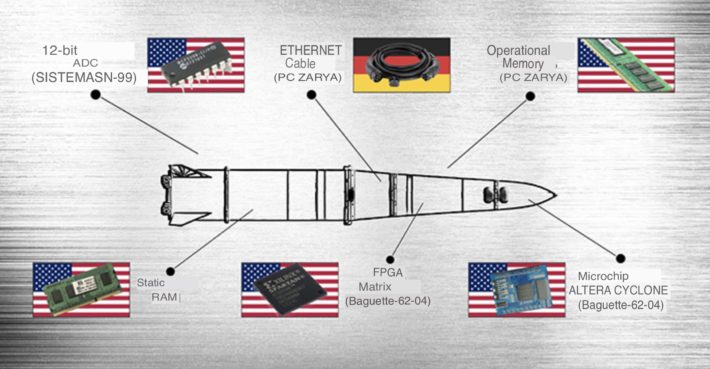Current Western export controls are proving far less effective at restricting military technology transfers than their Cold War predecessors, analysis published in Foreign Policy reveals.
The study shows Russia and other sanctioned states readily accessing critical Western electronics for weapons production, contrasting sharply with successful Soviet-era restrictions.
“Despite its best efforts, the Soviet Union couldn’t fully circumvent the multilateral export control regime,” write Olena Tregub of NAKO and Marc R. DeVore of the University of St. Andrews, highlighting how Cold War-era controls effectively limited Soviet access to crucial military technology.
The Coordinating Committee for Multilateral Export Controls (CoCom), comprising 17 Western nations including the United States, United Kingdom, Germany, France, and Japan, successfully prevented Soviet acquisition of cutting-edge electronics during the 1970s and 1980s.
This technological gap significantly influenced Soviet decision-making, contributing to their willingness to allow Eastern Europe’s independence and sign unprecedented arms control agreements with the United States.
Today’s system shows stark differences. Analysis of Russian, Iranian, and North Korean missile debris reveals extensive use of Western electronics, with US companies alone producing 64% of components examined in Russian weapons. Switzerland ranks as the second-largest supplier, with parts found in nearly all analyzed systems.
The researchers identify three critical failures of modern export controls compared to CoCom:
- No centralized organization coordinating sanctions and enforcement
- Weak consequences for companies failing due diligence
- Limited accountability for nations enabling sanctions evasion
The 1996 Wassenaar Agreement, which replaced CoCom, lacks its predecessor’s enforcement mechanisms and regular coordination meetings. This weakness allows Russia and other sanctioned states to exploit gaps between different nations’ sanctions regimes.
“The evidence from the Ukrainian battlefield suggests that the post-Cold War pax technica is over,” the authors note, pointing to how modern circumvention methods have rendered current controls largely ineffective.
They argue that restoring Cold War-era effectiveness requires rebuilding institutional frameworks and demonstrating stronger political will for enforcement.
The implications extend beyond immediate military concerns. During the Cold War, restricted access to advanced electronics helped shape Soviet strategic decisions. Today’s more permeable controls may be reducing similar pressure on contemporary adversaries, the analysis suggests.
Related:
- Western tech in Russia’s missiles: 15 companies whose parts fuel Kh-101 missile that hit Kyiv Children’s Hospital
- Ukraine finds US, German, Swiss parts in Russian new stealth drone Okhotnik despite sanctions
- How EU firms funnel electronics to Russia’s war machine via an obscure Turkish firm
- Ukraine’s sanctions chief says foreign parts found in all Russian weapons




